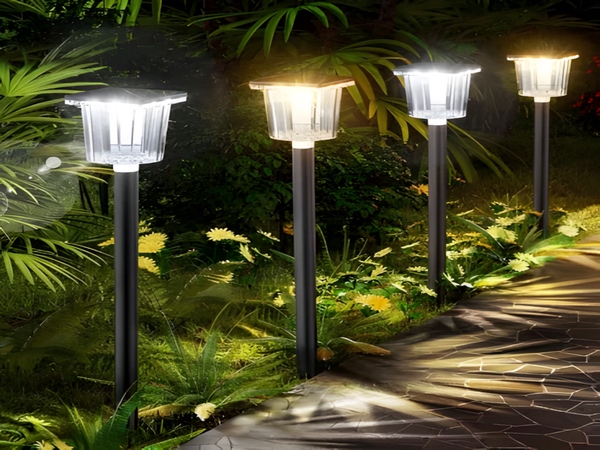

The installation of solar street lights in new rural areas is indeed very beneficial, and many villages have already installed and are using them. By converting solar energy into electrical energy, these lights can illuminate the way home at night. More importantly, there is no need for villagers to raise funds or pay electricity fees; once installed, they can be used for ten years. However, some may be curious about how the solar street lights work in rural areas. To address this question, we will introduce the working process of rural solar street lights.
The working process of rural solar street lights:
The structure of rural solar street lights:
Generally, they consist of five parts: solar photovoltaic panels, intelligent controllers, batteries, inverter controllers, and assembly components.
1. Solar Photovoltaic Panels: The function is to convert light energy into electrical energy.
2. Intelligent Controller: The core part of the system.
3. Battery: Its function is to store electrical energy and provide power to the load.
4. Inverter Controller: This is used if the voltage of the load is 220V AC. Generally, the operating voltage of rural solar street lights is DC 12V or 24V, so an inverter is not typically needed.
5. Installation structural components and accessories.

This concludes our introduction to the working process of rural solar street lights. They do not require using municipal power, do not need to lay cables, and thus conserve resources, reduce costs, and lower construction expenses, making them an excellent choice for rural lighting.



